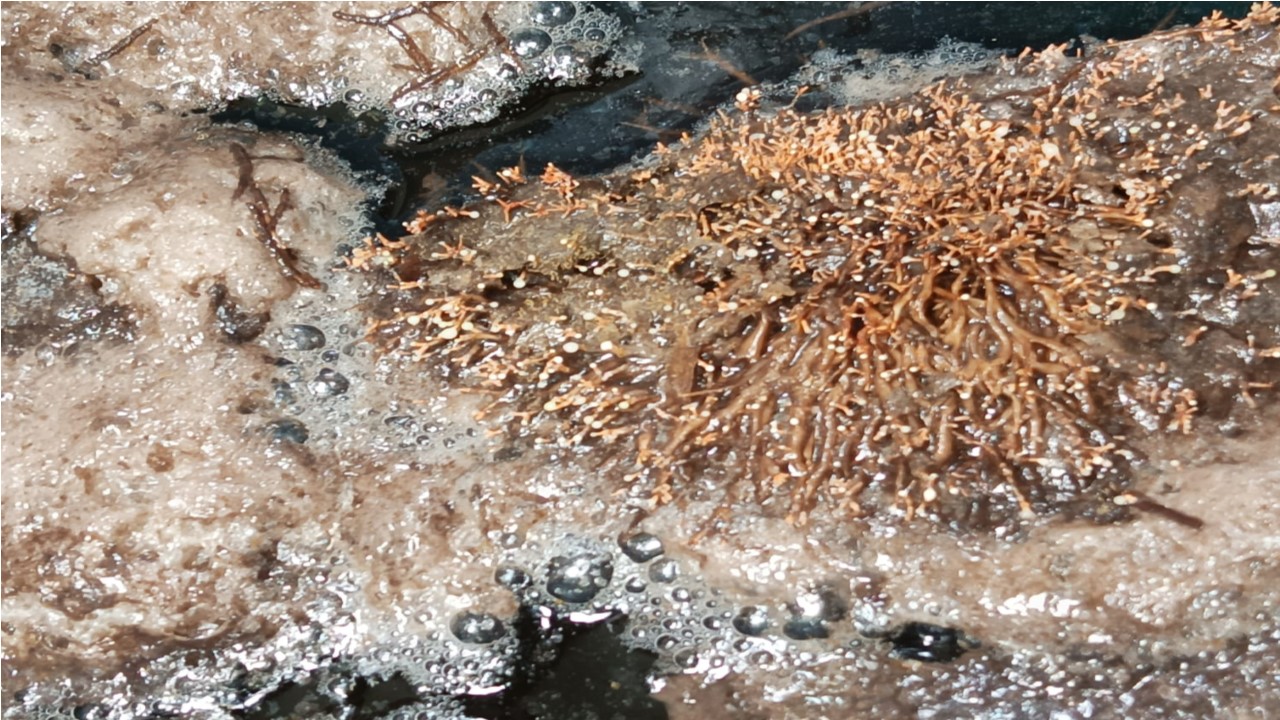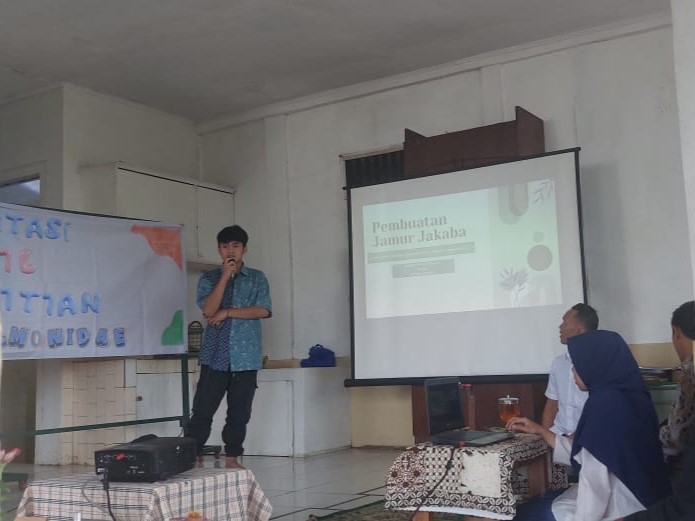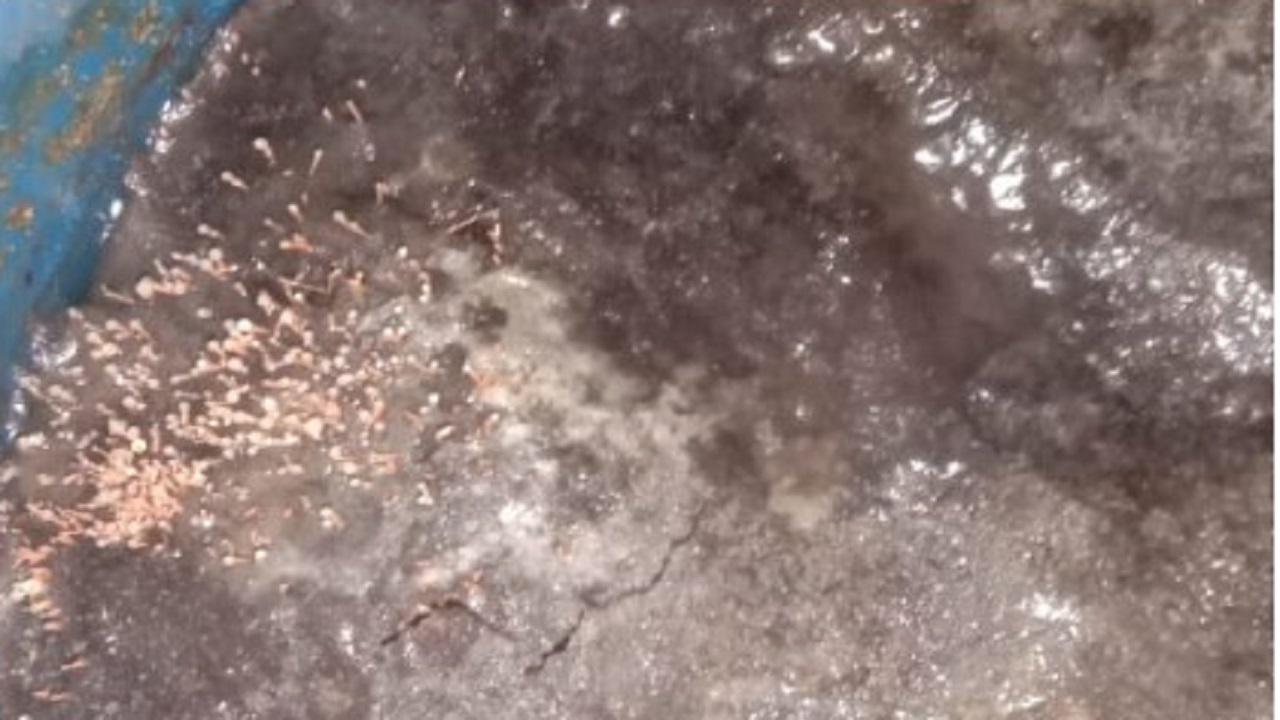
Nahdah Ayatillah
Jakaba, Research from Elementary School Students as a Contribution to Reducing Environmental Damage.
Most Read Stories Today
-
Water Scarcity and Artificial Rainfall: The Positive and The Negative Effects of Cloud Seeding, including Health Hazards and Climate Implications.
-
Renewable Energy in Rural Areas: Challenges, Opportunities, and Successful Rural Projects
-
Pakistan's Agriculture at Risk Due to Climate Variability
-
South Africa's Recent Floods: Is Climate Change to Blame?
-
South Korea's floods: root causes and prevention strategies.
-
South Africa: Cape Town, A City Under Fire
-
The Human Cost of Climate Disasters
-
Our Oceans, Our Future: The South African Dilemma of Overfishing
-
Degenerative Impact of Hydrocarbons On The Environment.
-
Sustainable Urban Planning - Copenhagen and the Path to Climate Resilience
What is Jakaba?
Jakaba is a Perennial Lucky Mushroom or Jamur . Jakaba Mushroom comes from the fermentation of rice laundry water or leri (Yusminan et al., 2022). This fungus has the same shape as coral in the ocean, but this fungus has a fragile physical shape (Yusminan et al., 2022).
Rice laundry water has a lot of nutrients content including 100% fiber, 90% vitamin B6, 80% vitamin B1, 70% vitamin B3, 50% manganese (Mn), 50% phosphorus (P), 60% iron (Fe), and essential fatty acids (Nurhasana, 2011). One of the contents of rice laundry water is phosphorus. Phosphorus is a macronutrient that plants need (Yusminan et al., 2022).
Benefits of Jakaba
Jakaba is used as an environmentally friendly liquid organic fertilizer (Mariyana et al., 2023). Jakaba is used by farmers to overcome soil fertility problems, prevent plants from being attacked by fusarium, as well as efforts to deal with the high price of fertilizer on the market (Puspitasari et al., 2022). Jakaba mushrooms can increase plant growth, plants become tall, stems become sturdy, and leaves become dense (Puspitasari et al., 2022). Jakaba has mineral content with high nutrients so that it can increase agricultural production (Mariyana et al., 2023)
Young Researcher

Harris Aulia Wibowo, a 6th grade elementary school student conducted research on Jakaba at Alam Matoa School, Depok, Indonesia. The research was conducted for 3 months. He succeeded in making mushrooms from fermented rice laundry water. Apart from rice laundry water, Haris also uses ingredients such as bran and leaf litter. The method for making fermentation is quite easy, including mixing the bran and leaf litter with the rice laundry water in a container. Close the container tightly, and store it in a damp and dark place. In less than 1 month, the Jakaba msuhroom will grow on living media.
In Harris' research, The Jakaba Mushroom grew in the 3rd week or 21st day. Research conducted by Yusminan et al (2022) showed that the jakaba mushroom was able to grow in the 2-3rd week. The success of growing Jakaba is also influenced by environmental factors. According to the name of the Jakaba mushroom, which is "luck", only lucky people can carry out this fermentation, so that The Jakaba Mushroom grows.
| 3rd week of Jakaba | 5th week of Jakaba |
 |
 |
Harris added that in his research it was necessary to identify the types of fungi and bacteria contained in the fermentation of The Jakaba Mushroom. That information need for further research to obtain new information.
Jakaba and The Environment
Chairumansyah is a companion to Harris' research, he said that Jakaba Mushroom is very good for the environment. Jakaba Mushroom can be used as a substitute for chemical fertilizers. Able to overcome problems caused by chemical fertilizers such as air pollution, soil pollution, and plant fertility. Harist's research is an effort to help the world not focus on chemicals that can damage the environment. Children must be given education to love the environment and become agents of environmental change for the better.
Source
- Mariyana, R., Zaman, B., Rudiyanto. 2023. Training on the Production of JAKABA Liquid Organic Fertilizer from Kitchen Waste for Early Childhood Education (PAUD) Mothers. Tekmulogi: Jurnal Pengabdian Masyarakat. 3(2): 121-130.
- Nurhasanah, Y.S. 2011. Air Cucian Beras dapat Suburkan Tanaman. Bogor. Institut Pertanian Bogor.
- Puspitasari, Y. D., Cahyanti, T. W., Nugroho, P. A. 2022. Prosiding Seminar Nasional UNIMUS. Production Revitalization and Community Based Knowledge Improvement in Plant Breeding Using Abadi Luck Mushroom (Jakaba) To Increase Family Welfare. 5: 1994-2004.
- Yusminan, Walida, H., Harahap, F. S., Mustamu, N. E., 2022. Comparison of Jakaba Growth with The Addition of Organic Matter In Rice Washing Water. Internasional Journal of Science and Environment. 2(3): 74-78.

Terms & Conditions
Subscribe
Report
My comments